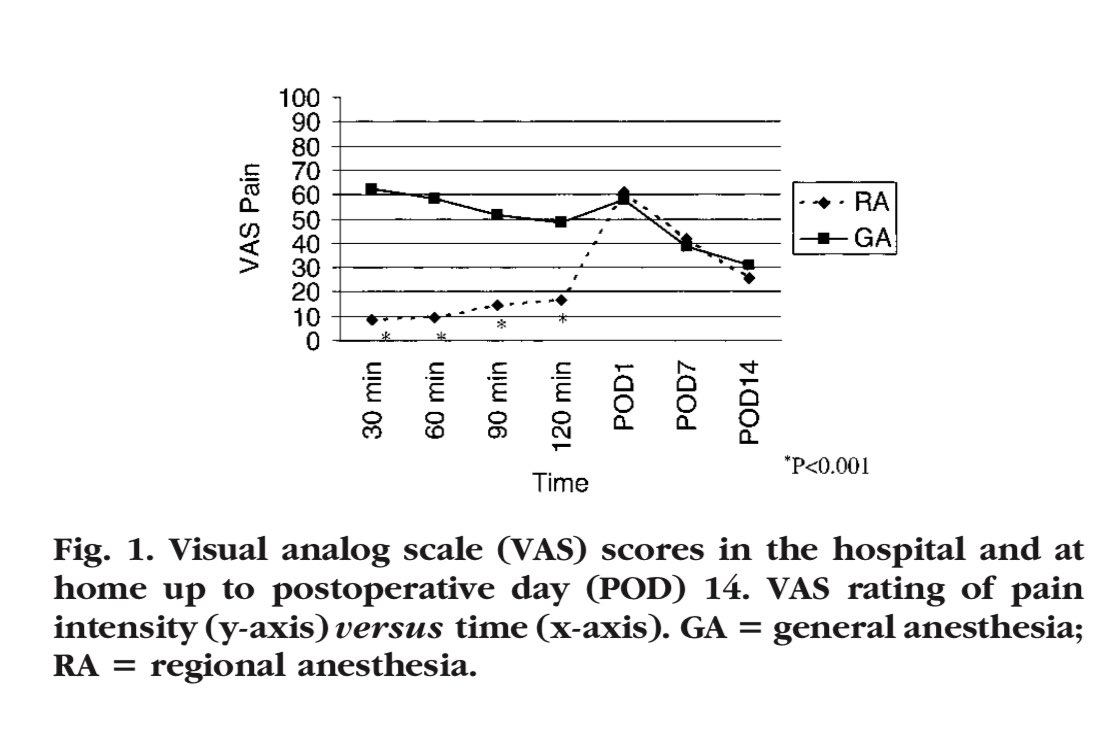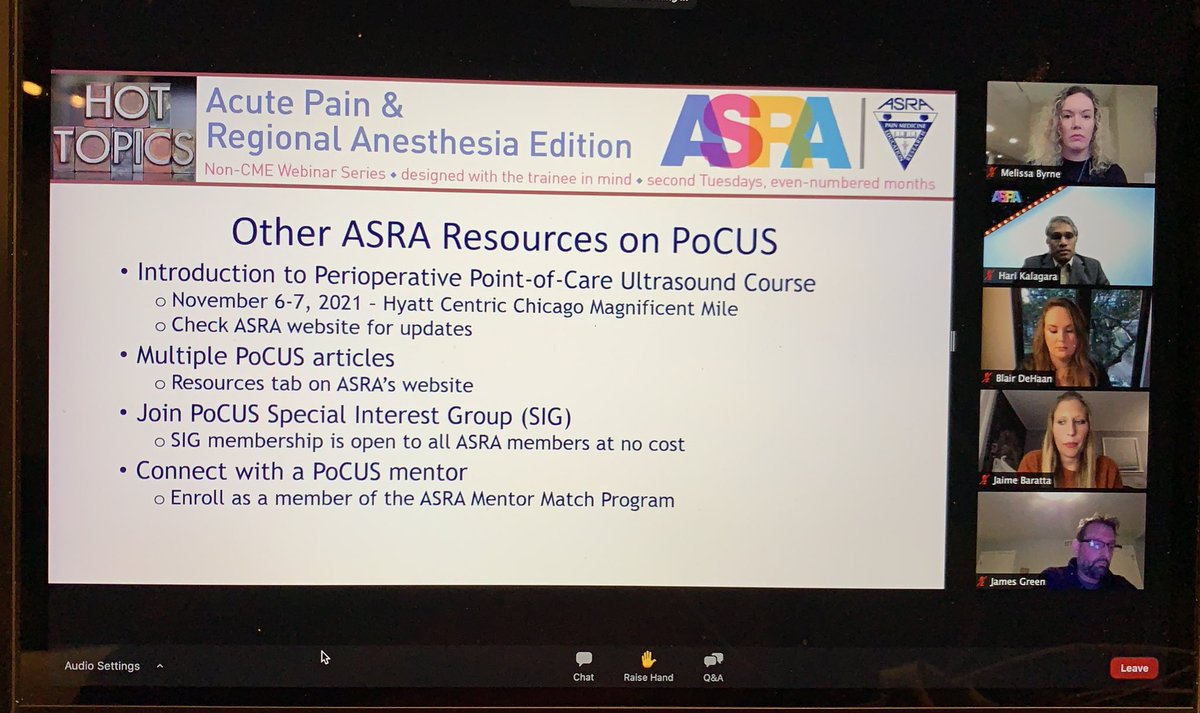What it’s like to be a regional anaesthetist - a thread of #starwars gifs
1. When you discover your passion for #RegionalAnaesthesia
1. When you discover your passion for #RegionalAnaesthesia
2. When the first few blocks you place don’t seem to go according to plan
3. The first time you perform a successful brachial plexus block solo for awake upperlimb surgery
4. When the surgeon tells you the surgery is quick and not too painful so please don’t place a nerve block
5. When you get slick enough that you are asked to go to another operating theatre to help place a nerve block
6. When you start to read about all the different versions of Quadratus Lumborum Blocks
7. When you teach a junior colleague and see that they have mad skills at RA
8. When you teach a junior colleague and see that they do not currently possess mad skills at RA
9. When the patient says that they would rather you didn’t do a nerve block and they’ll take their chances with morphine...
10. When the surgeon asks you to place a nerve block for their patient
11. When you do not apply a sound knowledge of anatomy to clinical practice (eg a femoral nerve block alone for ankle surgery, or interscalene block for hand surgery)
12. When you perform ambulatory spinal anaesthesia for the first time
• • •
Missing some Tweet in this thread? You can try to
force a refresh





















